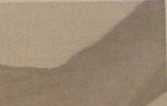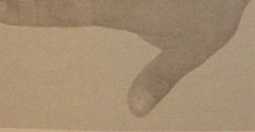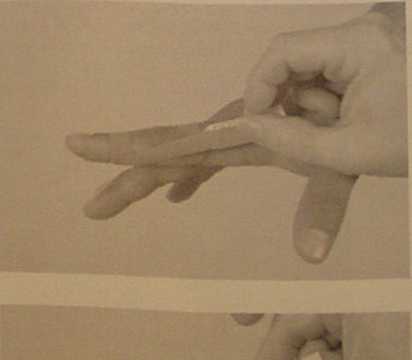P5140067
^Sónteduuq»eu UCa
B«in by pjf>?ng the base of an approximat,
• rh long Kincsio Y strip on the palmar aspect of I wrtst Prior to laying down the base, esHmate it!^ kation so when tension has been remoyed, the1 1 nthe Y cut will bisect with the previously lape in the anatomical snuff box region. * **
With one hand hołd the base of the Kinesio Y i to ensure no tension will be added. striP
Apply 25-40 % tension on the base of the Kines strip with downward pressure, as the tension 0 V
added to the tape and applied to the skin, move hand on the base up to the point of end tension * End the tension when the split in the Y bisects bisect with the previously applied tape in the ana
tomical snuff box region.
Have the patient move into wrist flexion with ulnar deviation, lay down the tails of the Kinesio V strip with no tension. The tails should be śptógg out to dissipate tension over as large an area as possible.
areaof
If applied correctly, a sąuare should from betw the two Kinesio Y Strip applications, over the ^
pain.
Completed Kinesio Taping Technique for de Quervains.
The practitioner may select to apply | space correction techniąue in place of the mechanical correction techniąue, or a fascia correction if deernH appropriate.
Finger Sprain, Radial or Ulnar Collateral Ligament
A sprain to the proximal or distal interphalangcal joint is a common injury resutting from activity. It may result from an axial load on the fingertip, abduction or adduction force on the joint. This condition is also commonly referred to as a "jammed finger".
The Kinesio Taping method will assist in reducing edema, pain and provide ligament stability.
L

Begin by placing an anchor in the middle of both the proximal and distal phalanx (above or below the joint you are attempting to stabilize.


Apply a ligament correction technique to the injured joint. For complete review see ligament correction techniąue.
Place the base of the Kinesio I strip below the joint to be stabilized with no tension. Angle the Kinesio 1 strip at a 45 degree angle. With one hand hołd the base so no tension is added.
Apply a ligament correction, 75-100% of available tension, to the center of the Kinesio I strip. Lay dowi the center of the Kinesio I strip directly over the area
Wyszukiwarka
Podobne podstrony:
kolibry w malwach (1) SORT YOUR COLORS Identify your colors by comparing them in daylight and checki
002 2 WORLDS OFSCIENCE FICTION IN THIS ISSUE A New Adventure in Science and Spocę!The SONGS of DISTA
110 Zofia Kaczorowska In order to present the results of certain larger physiographic units linked b
nwopeaceinourtimered NEW WORLD ORDERPeace in Our Time Increase the Power of all Peaceful groups by 1
00169 ?8fdc7697ba8e0e2234fcfe61c09204 170 McWilliams satisfy ^3 = r/0 = T] + T2. In addition to exa
img012 3 17. In winter months loads stacked outside may be covered in ice and snów, the effect of&nb
Imp IBS by30in open canoe. Experi mental smali open canoe designed by Gavi n Atkin. The designe
1. Mathematics in Chemistry 1.1. Mathematics in chemistry Chemistry is the study of matter and the c
The Nobel Prize in Chemistry 2005"for the development of the metathesis method in organie
(31) In order to increase the availability of information on the use of medicinal products in t
więcej podobnych podstron